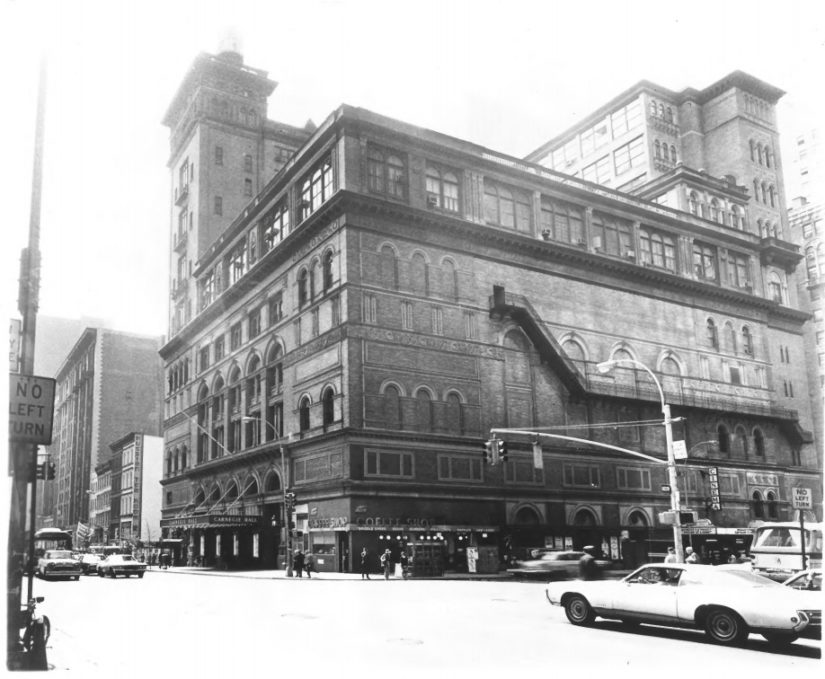
Carnegie Hall Bill (1960)
The Carnegie Hall Bill is a piece of legislation that allowed the City of New York to acquire Carnegie Hall in order to preserve it.
The Carnegie Hall Bill was a piece of legislation put forth in early 1960 with the intention of saving Carnegie Hall from the wrecking ball. New York State Senator MacNeil Mitchell sponsored the bill and helped with its passage through the state legislature.1 The Carnegie Hall Bill allowed New York City to acquire the threatened building in order to preserve it.
January 5, 1960: The announcement of the proposed demolition of Carnegie Hall is made
April 1960: The Carnegie Hall Bill passes through the State Legislature
July 1960: New York City takes ownership of Carnegie Hall
On January 5, 1960, Robert E. Simon, Jr., owner of the controlling interest of Carnegie Hall, announced that the building had been slated for demolition after nearly 70 years as a cultural institution in New York City.2 Immediately New Yorkers began defending the institution and by February a citizens committee had been created. Still, the public interest alone was not enough to preserve the building.
In order to save the building it was necessary to take legislative measures. The plan was to create two pieces of legislation. The first would create the Carnegie Hall Corporation, a not-for-profit organization. The second necessary piece of legislation was the bill put forth by MacNeil Mitchell known as the Carnegie Hall Bill.3
Although inspired by the battle to preserve Carnegie Hall, the bill was drafted in such a way that it could be used for future preservation battles. The bill gave the power to any city in New York State "to acquire by condemnation any 'property with historic or esthetic interest or value.”4 In a few short weeks the bill was passed by both the state assembly and senate, thereby creating a means by which Carnegie Hall could be saved.
By mid-April 1960, the Carnegie Hall Bill had been signed by Governor Rockefeller.5 However, the battle to preserve the building was not yet over. While MacNeil Mitchell's bill allowed the City to buy the property, it did not require it to do so. But relief came in May when the Board of Estimate approved the City's purchase of Carnegie Hall.6 By July 1, 1960, New York City had purchased Carnegie Hall and began a thirty-year lease to the Carnegie Hall Corporation.7
- Oral History with Isaac Stern (available upon request)
- New York Preservation Archive Project
- 174 East 80th Street
- New York, NY 10075
- Tel: (212) 988-8379
- Email: info@nypap.org
- Anthony C. Wood, Preserving New York: Winning the Right to Protect a City’s Landmarks (New York: Routledge, 2008), page 254.
- Ibid, page 252.
- ”Saving of Carnegie Hall Enabled in Bills Signed by Rockefeller,” The New York Times, 17 April 1960.
- ”Saving Carnegie Hall,” The New York Times, 21 March 1960.
- ”Carnegie’s Lights Look Brighter,” The New York Times, 19 April 1960.
- ”Lights Up at Carnegie Hall,” The New York Times, 2 May 1960.
- ”Carnegie Hall Is Bought by City; Philharmonic Will Stay There,” The New York Times, 1 July 1960.